Here's how the Trump administration can curb housing costs
Published in Political News
One reason American voters handed the country’s reins back to President Donald Trump was the extreme inflation in housing prices that took place under his predecessor.
The federal government has less influence over this issue than, say, California mayors and legislators — but whoever is in the White House can take certain steps to push prices down. The federal government can lower construction material costs, release more land for homebuilding and ensure that federal grants are used efficiently.
Unlike American manufacturing, residential construction has missed out on productivity improvements for decades. One reason is that building code updates, which are written by an industry group, increase costs more often than they decrease them.
As a result, cost-conscious states usually stick with older, cheaper building codes. But that means they miss out on productive innovations. The Trump administration could start by creating a building code innovation module, consisting only of cost-decreasing updates, which states and cities could then adopt.
U.S. building codes have fallen behind peer countries in construction techniques for mid-rise buildings, which provide important, dense housing supply using little land. The administration could help California, Tennessee and several other states already in the process of identifying safety standards for the construction of four- to six-story buildings with a single staircase. A related innovation would adopt lower-cost elevator standards for small buildings, which would enable cost-effective accessibility in more new construction.
As the new administration sets tariff rates, it should balance construction costs among its priorities. The Biden administration doubled Trump’s original tariff on Canadian lumber, adding thousands to the cost of each new house. Cutting that tariff to its 2020 rate — or better yet, eliminating it and aiming tariffs at strategic opponents instead of America’s strongest ally — would bring immediate relief to builders and buyers. Instead, in his first few weeks back in office, Trump has scheduled higher tariffs on Canadian goods, including lumber, and added a 25% global steel tariff, which will make it much more expensive to build the next Trump Tower.
In addition to material costs, another factor that has driven up home prices and limited inventory is a chronic scarcity of construction workers, and the federal government has more control over this labor supply than states and cities do. Through immigration policy, the Trump administration could either aggravate the shortage or ease it, which would either raise or lower housing costs.
In land use, as in construction productivity, the federal government plays a quietly influential role. Trump has proposed building new “freedom cities” on federally owned land across the country. That’s one of several ways that huge federal landholdings could be opened for housing and jobs relatively free of local politics and NIMBYism.
Another idea is to expand nationwide the successful Southern Nevada Public Land Management Act, which allows the sale of federal land to support suburban growth. So far it has been limited to the Las Vegas area, where it has been successful and has generated funding to conserve and improve other valuable public land.
Other regulations and agencies influence the use of privately owned land. For instance, federal rules on storm water drainage are not only strict, but also complex and scattered. A first step would be to unify those rules in a single place. Once unified, they can be analyzed and streamlined as appropriate.
Some agencies, such as the Federal Aviation Administration and the Department of Defense, quietly influence local land use. An administration-wide directive could nudge them to affirm more homebuilding where appropriate rather than reflexively blocking it.
Yet the federal government’s most immediate connection to cities is through grant-making for a range of purposes. Many federal regulations require grantees to undergo expensive planning exercises to qualify for funding. Experience shows that the plans usually have no influence on subsequent actions. The new administration must ensure that money is used well by emphasizing outcome-based reporting for federal grantees instead.
Some grants are openly ill-spent. Several states waste federal funding for removing lead paint hazards by preventing out-of-state workers from contributing to that work. And some of the richest cities skirt the rules of the Community Development Block Grant program, using funds in ways that make housing more expensive, not more attainable. Federal agencies can easily curtail these inefficiencies.
Even better, the Department of Housing and Urban Development should find funding to offer technical assistance to small cities and towns that want to allow more housing. When I advised Auburn, Maine, on its nation-leading reforms, the limiting factor was local staff time. For municipalities that share Auburn’s goals, HUD can be a valuable resource.
Regulators at the Federal Housing Finance Agency have an outsize role in determining who gets a mortgage and why. The agency should seriously investigate the possibility that its own well-intended regulations have cut off mortgage lending to working-class families. My colleague Kevin Erdmann argues that unreasonably strict credit standards have eliminated most buyers for lower-cost homes and created a new constituency for single-family rentals. They would rather buy, if anyone would give them a mortgage.
Despite these many touchpoints, Americans should remember that the fault is not in our presidents, but in ourselves, that we are underbuilding. In California, for example, obstacles to construction include strict local zoning, NIMBY resistance and laws that require builders to pay above-market wages and force landlords to collect below-market rents. Such factors have aggravated a housing shortage and contributed to outmigration, homelessness and even more deferred dreams. Federal innovation and efficiency can support local efforts but cannot replace them.
____
Salim Furth is a senior research fellow and director of the urbanity project at the Mercatus Center at George Mason University.
_____
©2025 Los Angeles Times. Visit at latimes.com. Distributed by Tribune Content Agency, LLC.
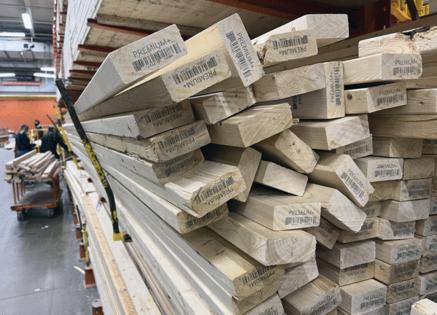






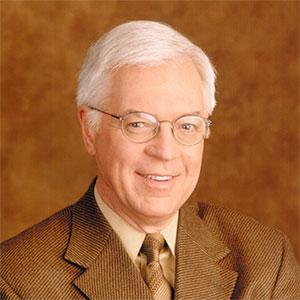

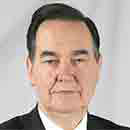













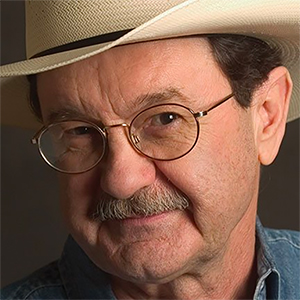








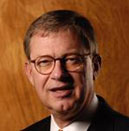
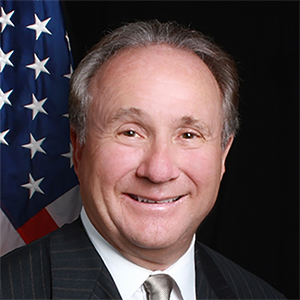

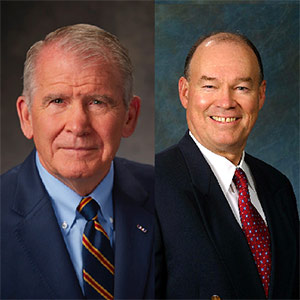

















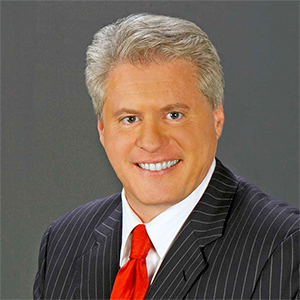






Comments